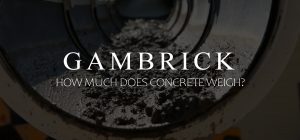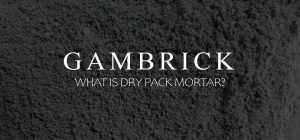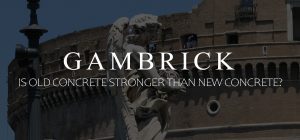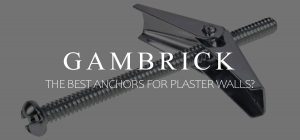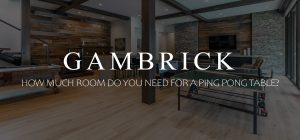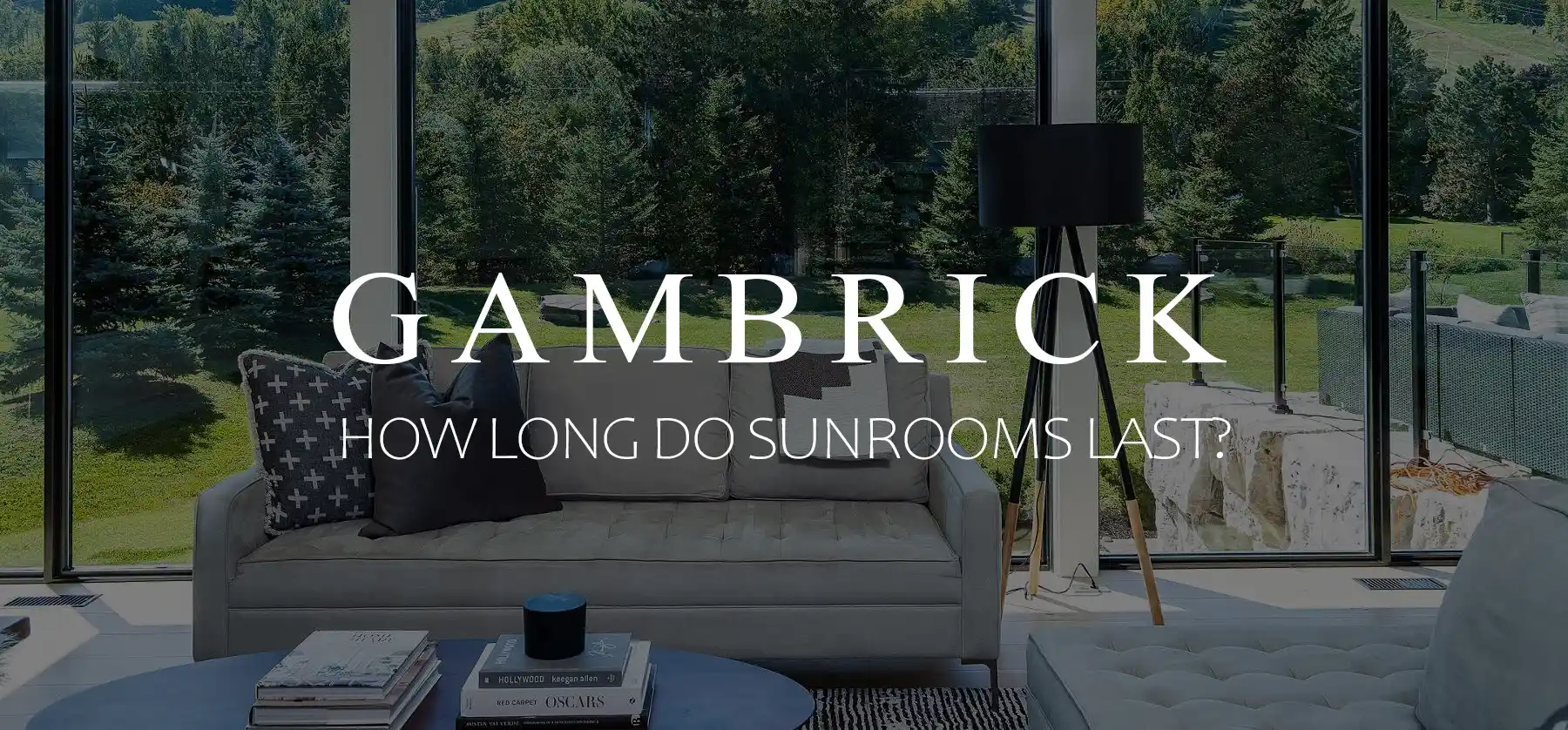
How Long Do Sunrooms Last?

By John Mazzuca | About | More Posts |
John Mazzuca is a custom home builder with over 25 years experience in the construction industry. John has designed, managed, and built hundreds of homes & construction projects.
How long a sunroom lasts can vary significantly based on the materials used, the quality of construction, its design, the type of sunroom, the environment, how the sunroom is built, and maintenance. A prefab sunroom kit has a typical lifespan of around 10 to 20 years, but a sunroom addition can easily last 50 years before needing serious repairs.
Prefab, or prefabricated sunroom kits, are manufactured off-site and assembled at the location. These kits can be made from various materials such as aluminum, vinyl, or PVC, which are generally less expensive but aren’t as durable as traditional building materials. The average lifespan of a prefab sunroom kit can range from 10 to 20 years.
Regular maintenance is crucial for extending the life of a prefab sunroom. This includes inspecting and repairing seals, joints, and roofing.
Sunroom additions built on a foundation, much like traditional room additions, are constructed as a permanent part of the home. These are typically made with more durable materials and designed to match the existing structure and aesthetic of the home. Some also have insulation which can help increase the room’s longevity. A well-built sunroom addition on a foundation can last 50 years without serious repairs, much like a new home.
The durability of a sunroom addition is greatly enhanced by using higher-quality materials, better insulation, and a solid foundation that can withstand environmental stresses.
I’ve been a NJ sunroom contractor for over 25 years and can tell you firsthand how important maintenance is if you want your sunroom to last. Keep the glass clean, maintain the frame and foundation to prevent structural issues, caulk penetrations, make siding and roof repairs, and address any damage or wear quickly to prevent further deterioration.
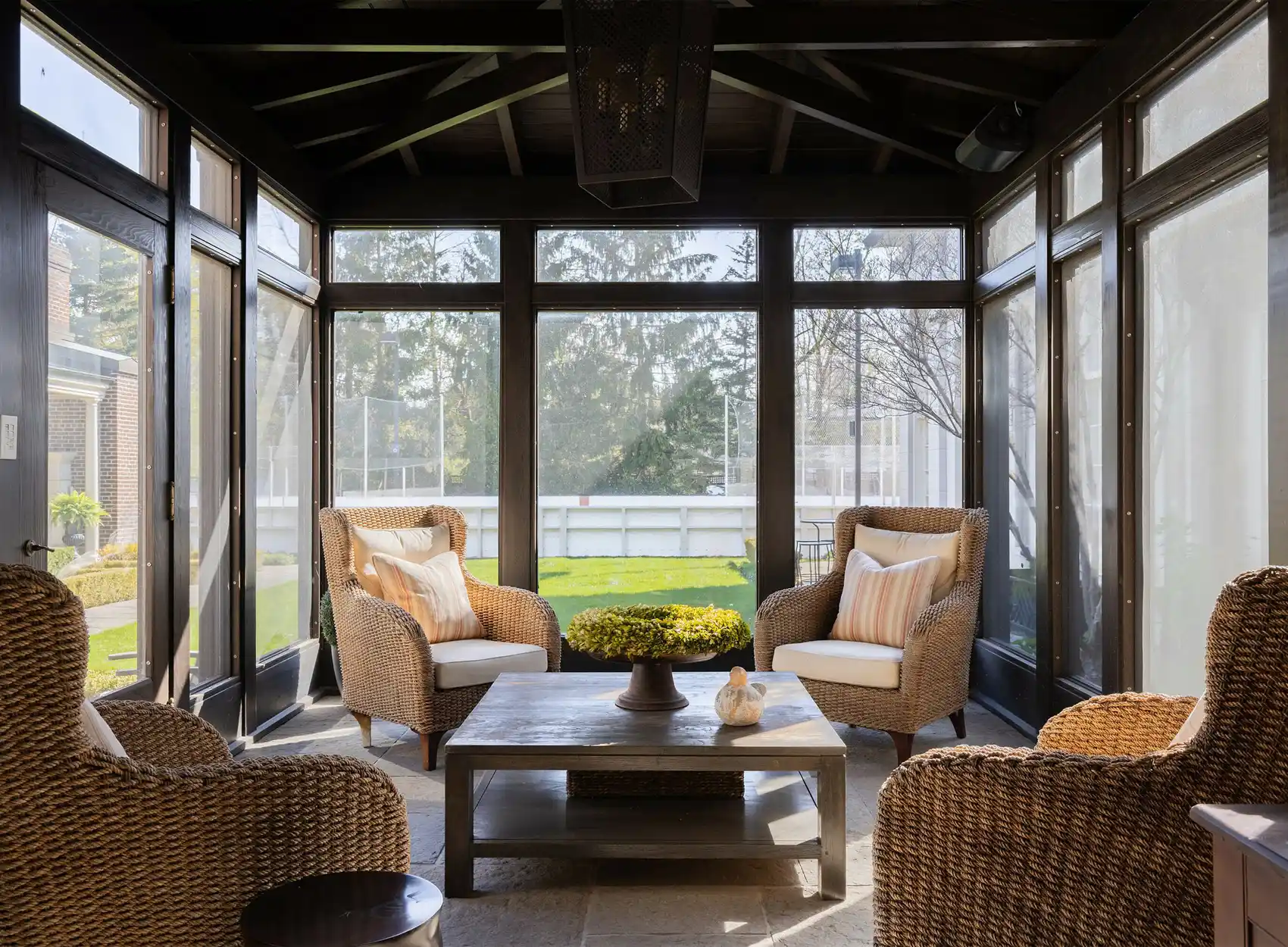
What Is The Lifespan Of A Sunroom?
The lifespan of a sunroom varies widely depending on its type, design, materials used, how it’s built, quality, and maintenance. Prefabricated sunroom kits have the shortest average lifespan, which is only about 10 to 20 years. These kits are designed to be affordable DIY-friendly sunrooms and aren’t built to last. Sunrooms built as an actual addition to the home’s structure can easily last over 50 years without needing serious repairs, but they take longer to build and are more expensive.
A sunroom’s lifespan can range broadly from 10 years to well over 50. Regular maintenance and using quality materials can significantly extend its life no matter what type of sunroom you build.
Prefabricated sunroom kits are factory-made and designed for quick assembly. They typically last between 10 to 20 years. Factors such as material quality and weather conditions play a significant role in their longevity.
A sunroom addition built on a foundation is designed to match and integrate with the existing home. These can easily last 50+ years. The use of durable materials and a solid foundation contributes to its extended lifespan.
Three-season sunrooms are designed for use from Spring through Fall, excluding Winter, and aren’t usually equipped with full heating systems. Their lifespan is much longer than a prefabricated sunroom kit but a little less than a four-season sunroom because they’re not as well insulated, not heated, and generally not as high quality.
Four-season sunrooms are built to be used year-round and equipped with both heating and insulation. They use higher quality materials and insulation to withstand all weather conditions. As a result, they last the longest.
In all cases, the key to maximizing a sunroom’s lifespan is proper and regular maintenance, including cleaning, inspecting for damage, and repairing any issues right away.
What Causes Mold In A Sunroom?
Mold in a sunroom is primarily caused by excess moisture and inadequate ventilation. Poor sealing or insulation can also contribute to mold growth.
When a sunroom is exposed to high humidity levels without proper air circulation, it creates an ideal environment for mold to thrive. Moisture can accumulate from various sources, such as rainwater leaks, condensation from temperature differences between the inside and outside, or even from the soil if the sunroom is not adequately waterproofed at the foundation.
Inadequate ventilation exacerbates the problem by trapping humid air inside the sunroom. Without a way for this moist air to escape, or for dry air to circulate, the humidity levels rise, and mold spores, which are naturally present in the air, can settle and grow on surfaces such as walls, ceilings, and floors.
Poor sealing around windows and doors can allow moisture to seep into the sunroom, while insufficient insulation can cause condensation to form on walls and windows due to the temperature differential between the inside and outside. This condensation provides the moisture that mold needs to grow.
To prevent mold, it’s essential to control the sunroom’s humidity levels, ensure proper ventilation, and maintain a watertight seal around the entire structure. Regular inspections and maintenance are necessary to identify and address any potential moisture issues before they lead to mold growth.
Do Sunrooms Leak?
Sunrooms can leak if they’re not properly built and maintained. Leaks aren’t inherent to sunrooms but can develop due to various reasons. Leaks are more prone to happen in prefabricated sunroom kits because the windows are set directly into the frame without a flange or weatherproofing. These kits are affordable DIY-friendly options and aren’t designed for longevity. Sunroom additions, like four-season rooms, are much less prone to leaks because the windows and doors have flanges and weatherproofing.
The design of a sunroom involves numerous windows, and often a glass roof, which are potential points for leaks if not sealed correctly.
Seals around the glass panels of a sunroom kit can deteriorate over time due to exposure to the elements, leading to leaks. This isn’t an issue with sunroom additions because they use windows with flanges and weatherproofing.
The intersection of the sunroom with the main structure of the house is a common place for leaks if the flashing or sealing isn’t done correctly. If you get leaks in these areas it’s an installation error, not an issue with the sunroom itself.
Improper installation can also lead to leaks in other areas. If the sunroom isn’t level or if the materials used aren’t of good quality, water can find its way in.
The roof and gutter system of a sunroom needs regular inspection and cleaning to prevent blockages that can cause water to back up and seep into the structure.
Regular maintenance is key to preventing leaks in a sunroom no matter how it’s built. This includes checking and replacing worn seals, ensuring that the gutter system is clear of debris, and inspecting the roof for damage.
It’s also important to make sure the sunroom’s foundation and structure are sound, as settling or warping can create gaps where water can enter.
If you have any questions or comments email or leave a comment down below.

John Mazzuca | About | More Posts |
Custom Home Builder
John Mazzuca is a custom home designer and builder at Gambrick with over 25 years experience in the construction industry. John has designed, built and/or remodeled hundreds of homes, small buildings, and commercial projects. He writes about business, real estate, home building, and household electronics. His work has been featured in Fox Business, Better Homes & Garden, House Beautiful, and more.



